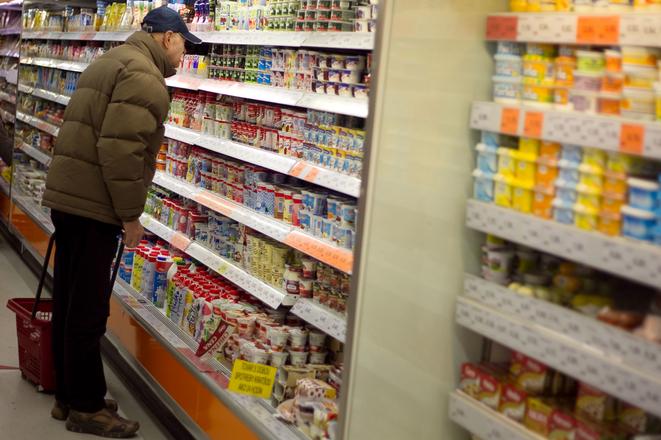Slovaks spend almost one fifth of their total monthly expenditure on foodstuffs, which means that Slovakia is one of the EU countries with a higher-than-average share of total spending for such items, Slovak Farm Cooperative (SFD) analyst, Eva Sadovská, told the TASR newswire on January 29.
The Slovak Statistics Office figures show that the total monthly cost per household member in Slovakia was €358.4 on average in 2016.
“The purchase of foodstuffs burdens Slovak wallets the most, representing 19.2 percent of their total spending, followed by housing-related expenditures including energy (18.4 percent of total spending) and travel costs (about 10 percent),” said the analyst.
Following several years of either decline or stagnation, food prices in Slovakia have posted a rapid growth over the past couple of months, going up 6.4 percent year-on-year in December 2017. As this makes up almost one fifth of total spending, the increase is felt immediately, said Sadovská.
Slovakia exceeds the EU average for the population, which stands at a 12.2 percent share of total spending on foodstuffs and non-alcoholic drinks.
“The British family budget is the least burdened with the purchase of foodstuffs, making up a mere 8.1 percent of their total monthly costs,” listed Sadovská, adding that Eurostat figures show the share in Slovakia at 17.8 percent. “Food bills also constitute less than 10 percent of the total monthly spending in Luxembourg, Austria and Germany.”
The other V4 countries (Hungary, the Czech Republic and Poland) also report lower shares for the purchase of foodstuffs than Slovakia, although they are still relatively high, ranging between 16-17.7 percent. Meanwhile, residents of Romania spend almost one third of their monthly expenditure on food, while it is over one fifth in Estonia and Lithuania.
The SFD claims that the more citizens spend on inevitable goods and services such as food, the less they can afford so-called luxurious expenditures.



 Consumers have reduced their spending due to high inflation and spent savings. (source: Sme)
Consumers have reduced their spending due to high inflation and spent savings. (source: Sme)